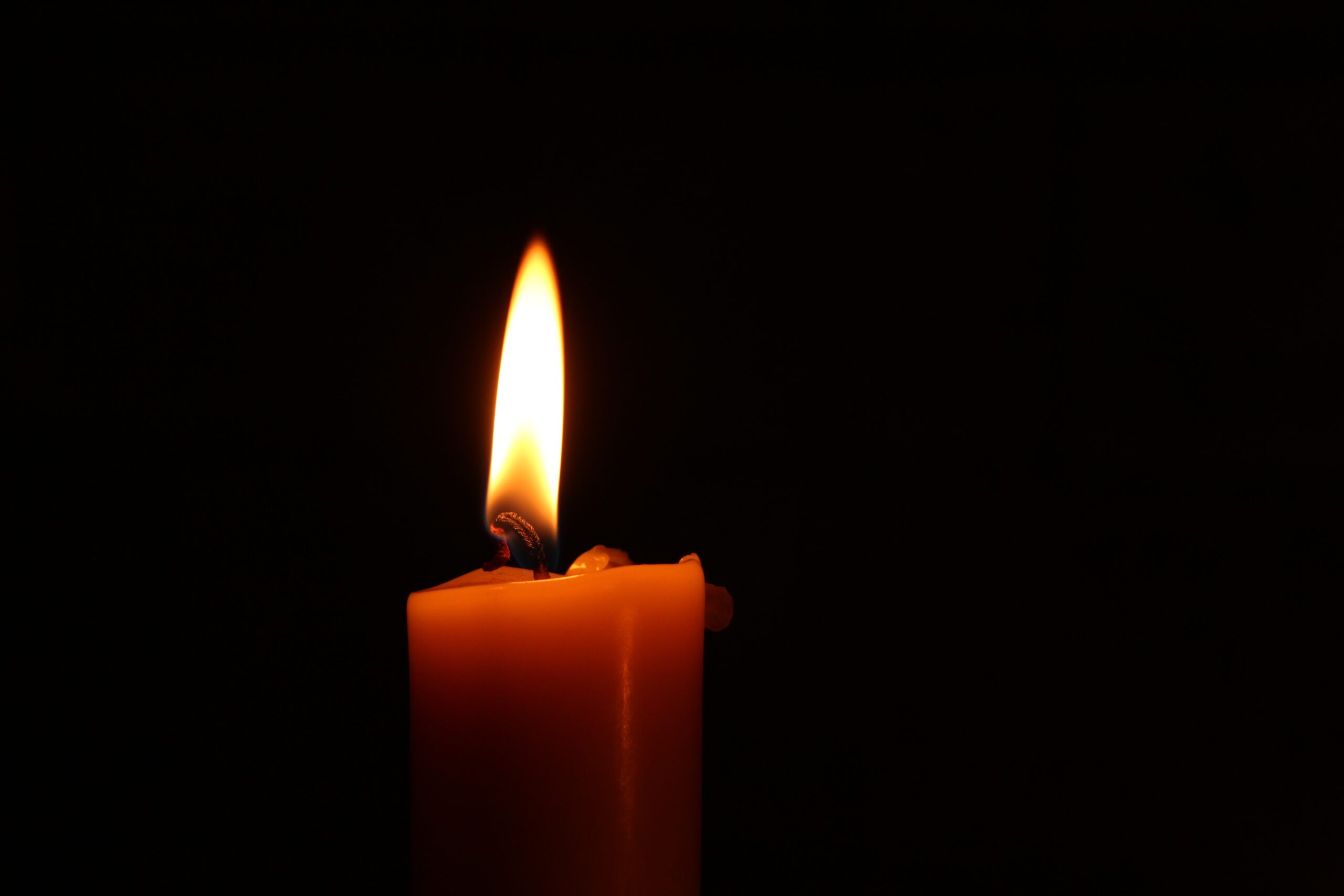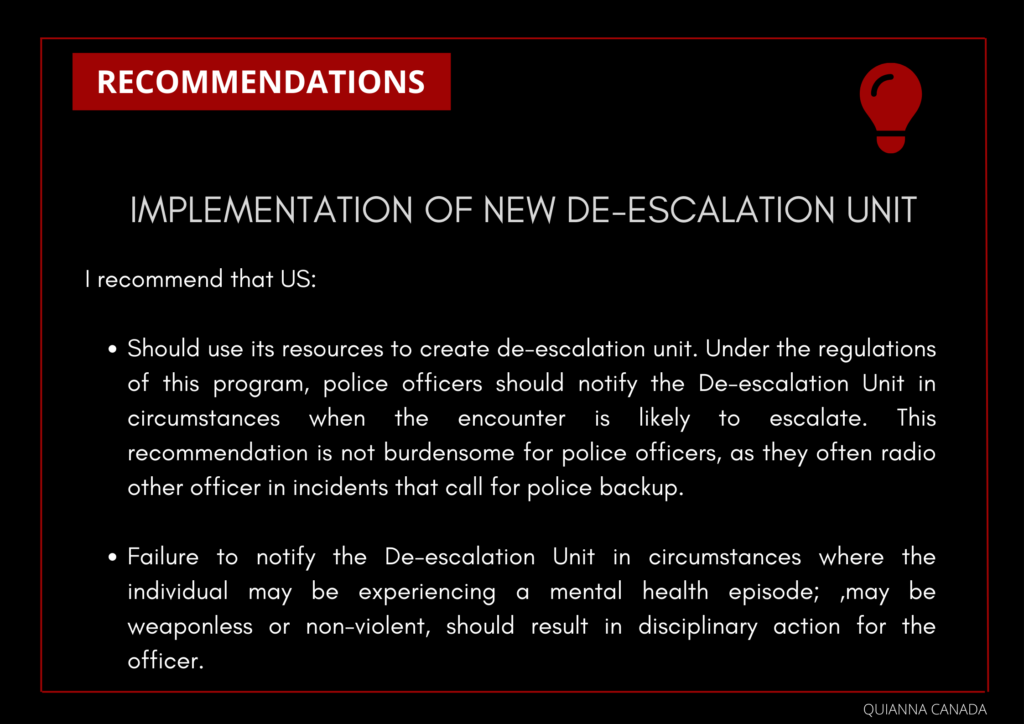Is the Adoption of De-escalation Unit the Game-Changer in Eliminating US Police Brutality?
Police violence has reared its ugly head again across the US. With a significant increase in the number of lethal incidents and unarmed victims lost; communities have been left alone to process a devastating amount of grief that just won’t end.
Year 2022 was an insufferable year for American civilians—Mapping Police Violence (MPV) found—showing US police killed roughly 1,201 people.
The interactive tools on MPV show the rate of civilians killed by police in 2023 are dreadfully similar to the rate of 2022. During that year, Black Americans accounted for 26% of those killed by police. When you carefully consider the fact that Blacks represent 13% of the US population, most would agree the number of Blacks killed in police encounters is shocking.
MPV States 602 Civilians Have Been Killed By US Police
At the time of writing this article, US police have taken approximately 602 civilian lives. As reported by MPV, there have only been 11 days in 2023—since they last updated their website—where US police did not kill a civilian.
The data gathered by MPV further show Black people are more likely to be killed during police encounters. Terrifyingly, statistics indicate 95% of America’s largest police departments kill Black people at a higher rate. The citation of this statistic does not discount the killings of other civilians by police in the US. Indeed, lives taken at the hands of the police is deeply concerning for any group. To illustrate this point, one only need refer to the incident where an Orlando police shot and killed an unarmed man named Derek Diaz.
Most Killings With US Police Begin With Traffic Stops
Data further suggest most killings with US police begin with traffic stops, involve non-violent offenses and often transpire where no crime was alleged. This data takes shape in the recent killing of Diaz and the 2022 killing of Jayland Walker, a 25-year-old who Akron police officers shot following an attempted traffic stop and foot chase. Based on Erun Salam’s reporting, police officers can be seen firing more than 90 bullets at Walker, where he sustained 60 wounds.
As stated by MPV, nearly 33% of civilians killed by the police were either running away, driving away or otherwise try to flee. This converges with Pickett, et al.’s finding that “…many Americans find various types of interactions with police to be traumatic; they are afraid of those interactions occurring” and this “fear is a significant factor in their lives.” [1]
Evidence Indicates Black Americans Have Good Reason to Fear Police
We know Americans find interactions with police to be traumatic, which may be an indication that Black Americans have a good reason to fear law enforcement. For instance, Pickett, et al. found “…most Black respondents (58%) are either “afraid” or “very afraid” of being killed by the police.” The percentage recorded for other groups, such as White respondents, was markedly less.[2]
Strikingly, research showed 45% of Black respondents prefer to be robbed or burglarised than to be questioned by the police “without good reason.”[3] We must also take into account that such a percentage does not represent all Blacks. Certainly, there are Blacks, as well as other people, who rather not be robbed or burglarised. I know the people close to me, including myself who do not want to experience either.
“Too many people are dying. There is a dire need for de-escalation approaches in the US. A new de-escalation unit may just keep civilian lives safe.”
QUIANNA CANADA
Even still, Pickett, et al. discovered that Blacks had a well-founded fear of police. Nearly 42% of Black respondents said they were “very afraid” that the police would kill them in the next five years compared with 11% of White respondents.[4] Such fear rings true for 37-year-old Jarrell Garris, who got caught in the cross-fire of these statistics and is now on life support at Westchester Medical Center after a New Rochelle police officer shot him. Police’s shooting of Garris preceded statements that he opened and ate food from a grocery store he did not pay for.
Is Shoplifting Now Punishable by Death in the US?
The shootings of civilians in search for food raises an important question as to whether shoplifting in now punishable by death in the US. In the past, I have condemned extreme punishments for minor theft offenses and called on the US to increase penalties for excessive or lethal use of force deployed by shop owners and law enforcement officers in shoplifting incidents.
I have also called on the US to raise awareness regarding excessive use of force and lethal violence dangers through public service announcements and other educational campaigns.
Call-to-Action
The US should prevent and most severely punish violence and all violations of human rights affecting Black Americans which are committed by State officials, particularly police officers.[5] It must also do the same for individuals like Diaz, who find themselves in the cross-fire. This recommendation further invokes the canon of supporting international standards regarding the conduct of State officials, including the general principle of proportionality and strict necessity in recourse of force. For instance, Canon 4 states “law enforcement officials, in carrying out their duty, shall, as far as possible, apply non-violent means before resorting to the use of force and firearms.”
Thus, my recommendations are as follows:
References
[1] 5 Pickett, et al.(2022). The American racial divide in fear of the police. Criminology. Volume 60, Issue 2, pp. 291-320. Available at: https://doi.org/10.1111/1745-9125.12298 (at p. 295)
[2] Id., p. 303.
[3] Id., p. 310.
[4] Id.
[5] CERD. (n.d.). General Recommendations (A/60/18). Retrieved from https://adsdatabase.ohchr.org/IssueLibrary/CERD_Recommendation%20No31.pdf


